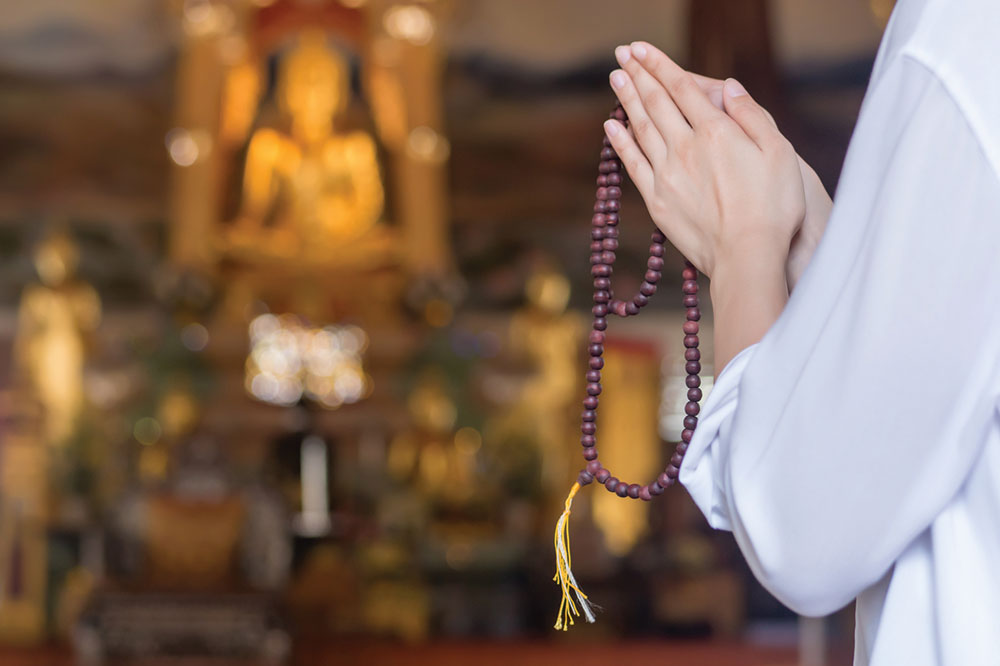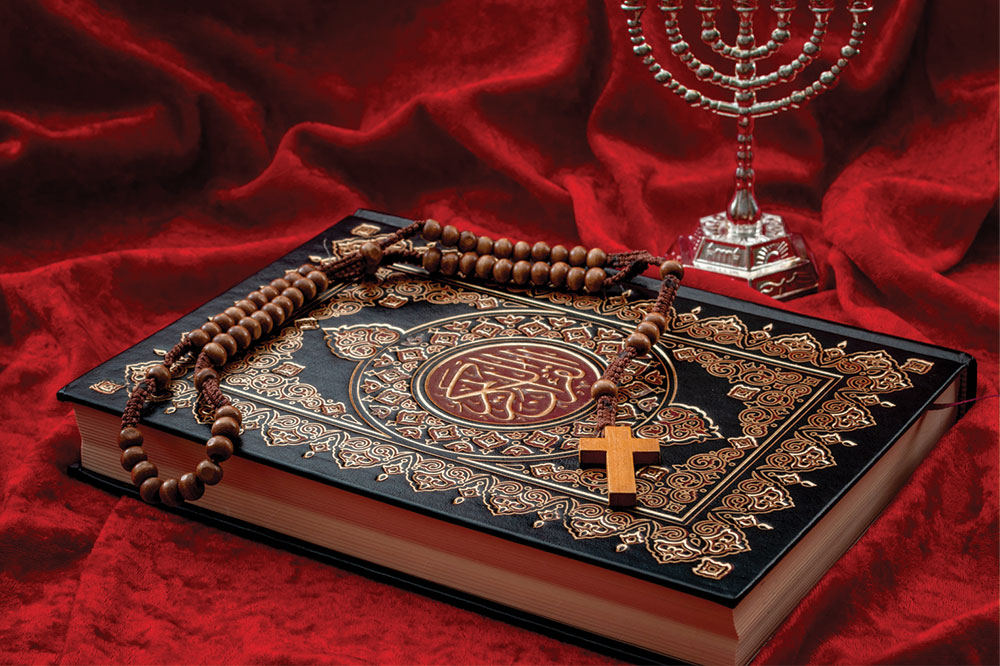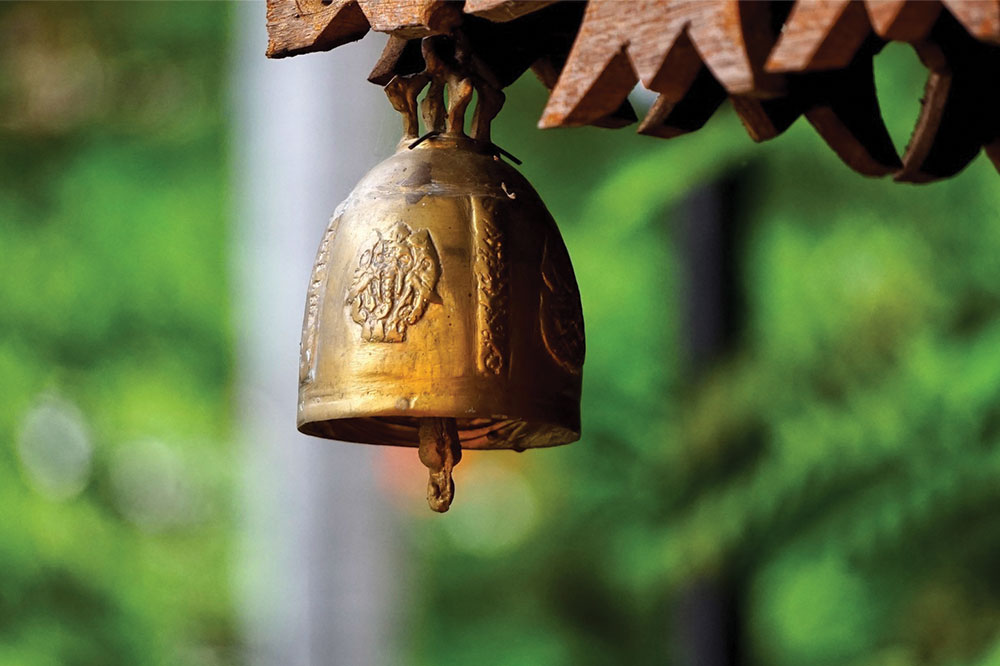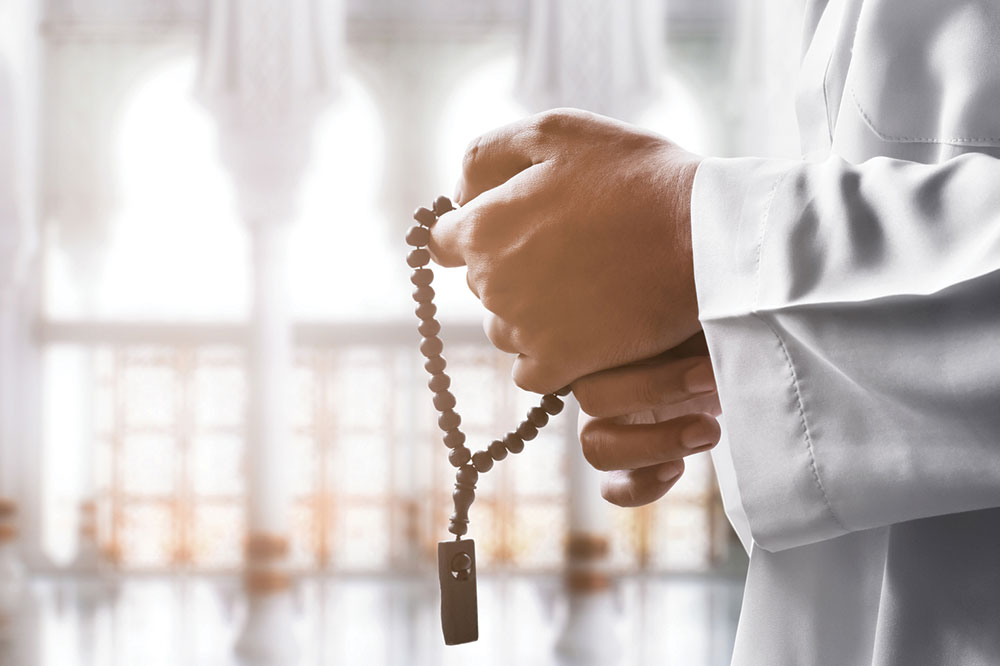Comprehensive Guide to Sacred Items in Catholic Worship Services
This comprehensive guide explores the essential sacred items used in Catholic worship services, including the Eucharistic vessels, liturgical books, and ceremonial items. Discover the historical significance, symbolic meaning, and proper handling of these cherished objects that uphold the sacredness of Catholic Mass, deepening understanding and reverence for this ancient tradition.
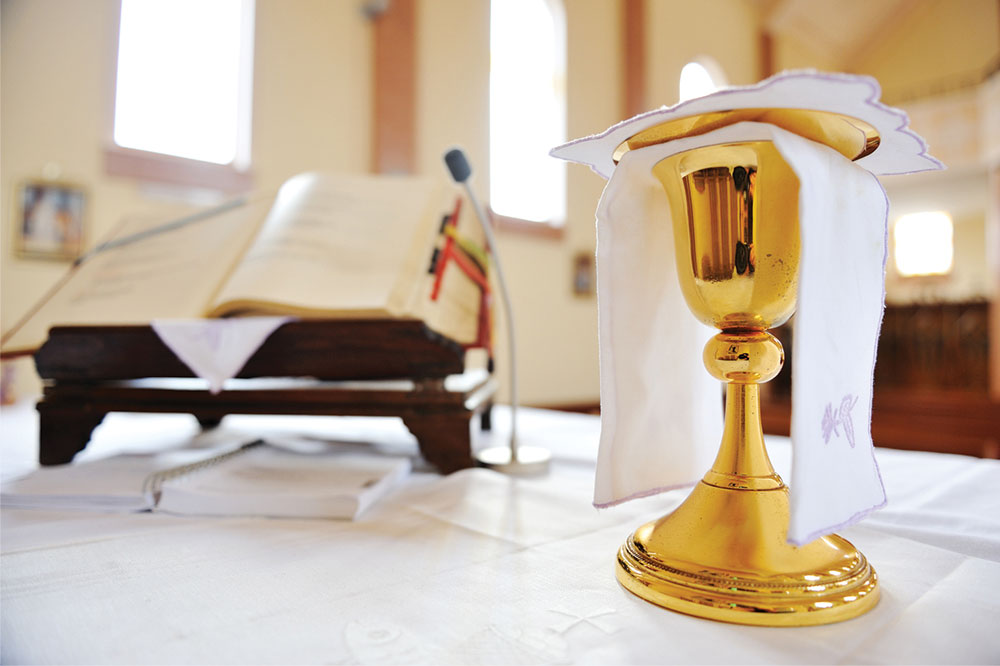
Essential Religious Artifacts and Their Significance in Catholic Mass
The celebration of a Catholic Mass is deeply rooted in tradition, symbolism, and reverence. Central to this sacred ritual are various holy items that have been consecrated and imbued with spiritual significance. These objects are meticulously crafted, often from precious metals like gold or silver, and are used with the utmost respect and care. Each item plays a unique role in the liturgy, supporting the worshippers and clergy in their spiritual journey. This comprehensive guide introduces you to the most vital sacred artifacts used during Catholic Mass, exploring their purpose, history, and the symbolism behind each one.
Liturgical Books — The Foundations of the Liturgy
At the heart of every Catholic Mass are the liturgical texts that guide the entire service. Typically, four primary books are involved: the Gospel Book, the Lectionary, the Hymnal or Missalette, and the Sacramentary. Each of these books serves a distinct purpose and is integral to the flow of the liturgy.
Gospel Book — Usually ornately decorated, the Gospel Book contains the Gospel readings read during the Mass, especially emphasized during the Gospel procession. Its elaborate design underscores the importance of the Word of God.
Lectionary — This contains a selection of scripture readings assigned for each day and season in the church calendar, serving as a guide for scriptural proclamation throughout the year.
Hymnal or Missalette — Used for singing hymns, psalms, and prayers, helping the congregation participate actively in worship. The Missalette also provides responses and readings for the faithful.
Sacramentary — Also known as the Roman Missal, it contains the prayers and rites spoken by the priest during the Eucharist, serving as the primary liturgical book during the service.
The Chalice — Heart of the Eucharist
The chalice is one of the most revered vessels used during the Mass. Made from precious metals like gold or silver, it holds the wine that becomes the Blood of Christ during consecration. Crafted with great care and often decorated with religious symbols, the chalice symbolizes the cup used in the Last Supper, representing Christ's sacrifice. Only ordained clergy are allowed to handle the chalice during the Eucharist, emphasizing its sacred status. Its use is governed by strict liturgical rules to ensure reverence and purity.
The Purificator — Cleansing and Reverence
The Purificator is a small, rectangular white linen cloth embroidered with a cross. It is used by the priest or deacon to clean the chalice after communion, ensuring the vessel remains pure for each use. The cloth's white color signifies purity, and it is carefully folded between uses. The Purificator not only serves a practical purpose but also stands as a symbol of the cleansing and renewal associated with participating in the Eucharist.
The Paten — Holding the Body of Christ
The Paten is a shallow plate, usually made from the same precious metals as the chalice, and it holds the consecrated bread or Host, representing the Body of Christ. During the liturgy, especially at the moment of consecration, only authorized clergy handle the Paten, which signifies the sacredness of the Eucharist. Its design often reflects religious artistry, emphasizing the importance of the sacred banquet. The Paten's careful handling and placement underscore the reverence afforded to the Holy Eucharist in Catholic worship.
The Corporal — Sacred Linen Embellishments
The Corporal is a white linen cloth that lies on the altar during Eucharistic celebration. It is folded into nine squares to ensure proper placement and to prevent any fragments of the Eucharist from falling onto the altar or floor. The Corporal symbolizes purity and the sacredness of the ritual, serving as a prepared place for the consecrated elements. Its use highlights the importance of reverence and attentiveness during the distribution of Holy Communion.
Additional Sacred Items in Catholic Worship
Beyond the core vessels and books, several other sacred items help facilitate and sanctify the Mass. These include:
Ciborium — A covered vessel used to store the consecrated Hosts, often adorned with silk or cloth and kept in the tabernacle, ensuring the Eucharist’s preservation and veneration outside of Mass.
Thurible — Also called a censer, this vessel is filled with incense, which is burned during processions, blessings, and other solemn moments. Incense symbolizes prayers rising to heaven and adds a layer of solemnity to worship.
Processional Cross — A crucifix mounted on a staff used during processions entering and leaving the church, as well as during specific liturgical ceremonies. It visually leads the congregation in worship and symbolizes Christ’s presence among the faithful.
Pall — A stiff, white cloth that covers the chalice or Paten during the Eucharist to prevent contaminants, emphasizing cleanliness and reverence for the sacred vessels.
Communion Cups — Smaller vessels similar to chalices, used specifically for distributing the Eucharist during communion. They are brought to the altar and used to facilitate the Holy Sacrament for the congregation.
Each of these items contributes to the reverent atmosphere of Catholic worship, reflecting the deep spiritual significance and the long-standing traditions that shape the Mass. Their careful handling and symbolic meanings reinforce the central themes of sacrifice, reverence, and community in the Catholic faith.
Understanding the profound role of these sacred items enhances our appreciation of Catholic liturgy and the sacredness of the Eucharist. These objects are not merely functional; they are symbols of divine mystery and serve to uplift the spiritual experience of everyone present. As Catholics gather to worship, each item on the altar reminds us of the sacred traditions handed down through centuries, faithfully reflecting the community's devotion and reverence for divine grace.
